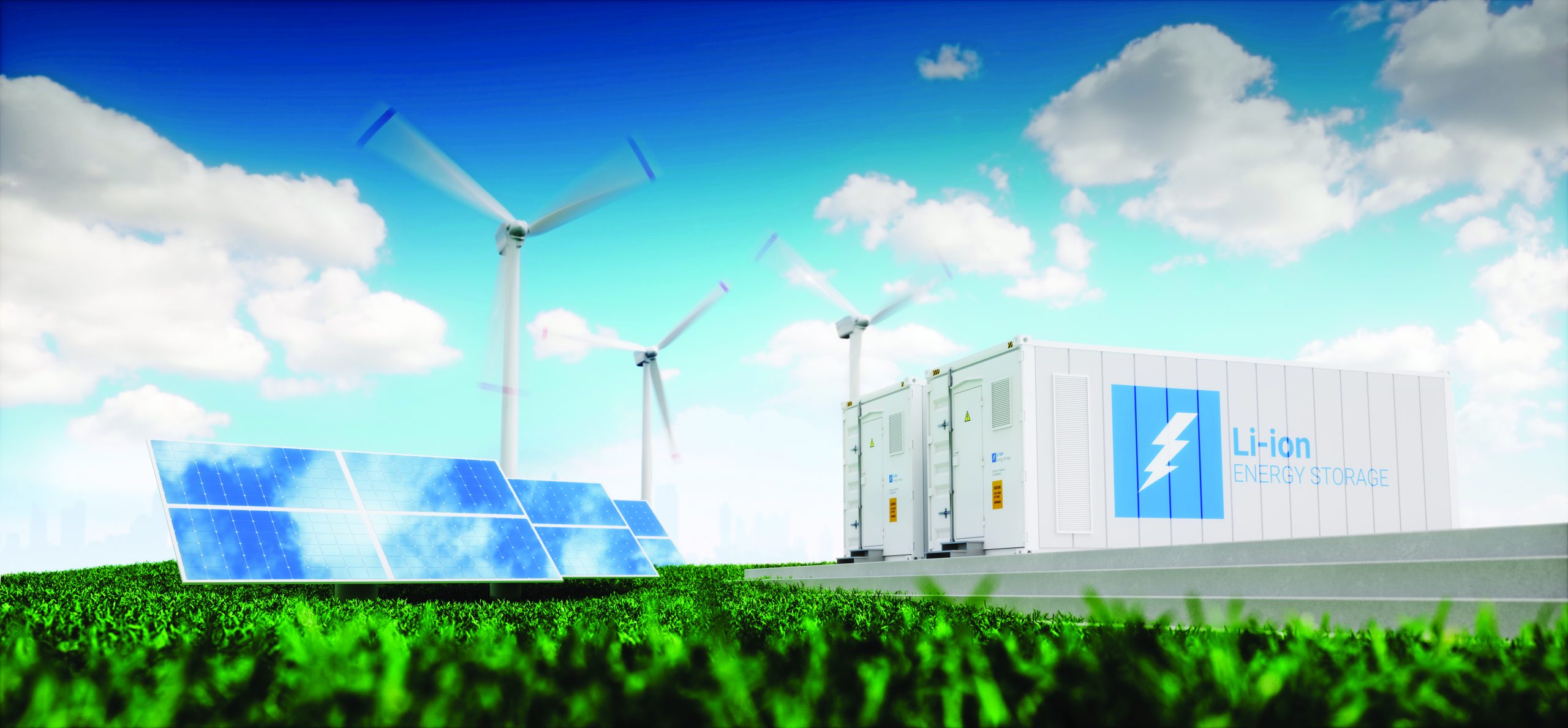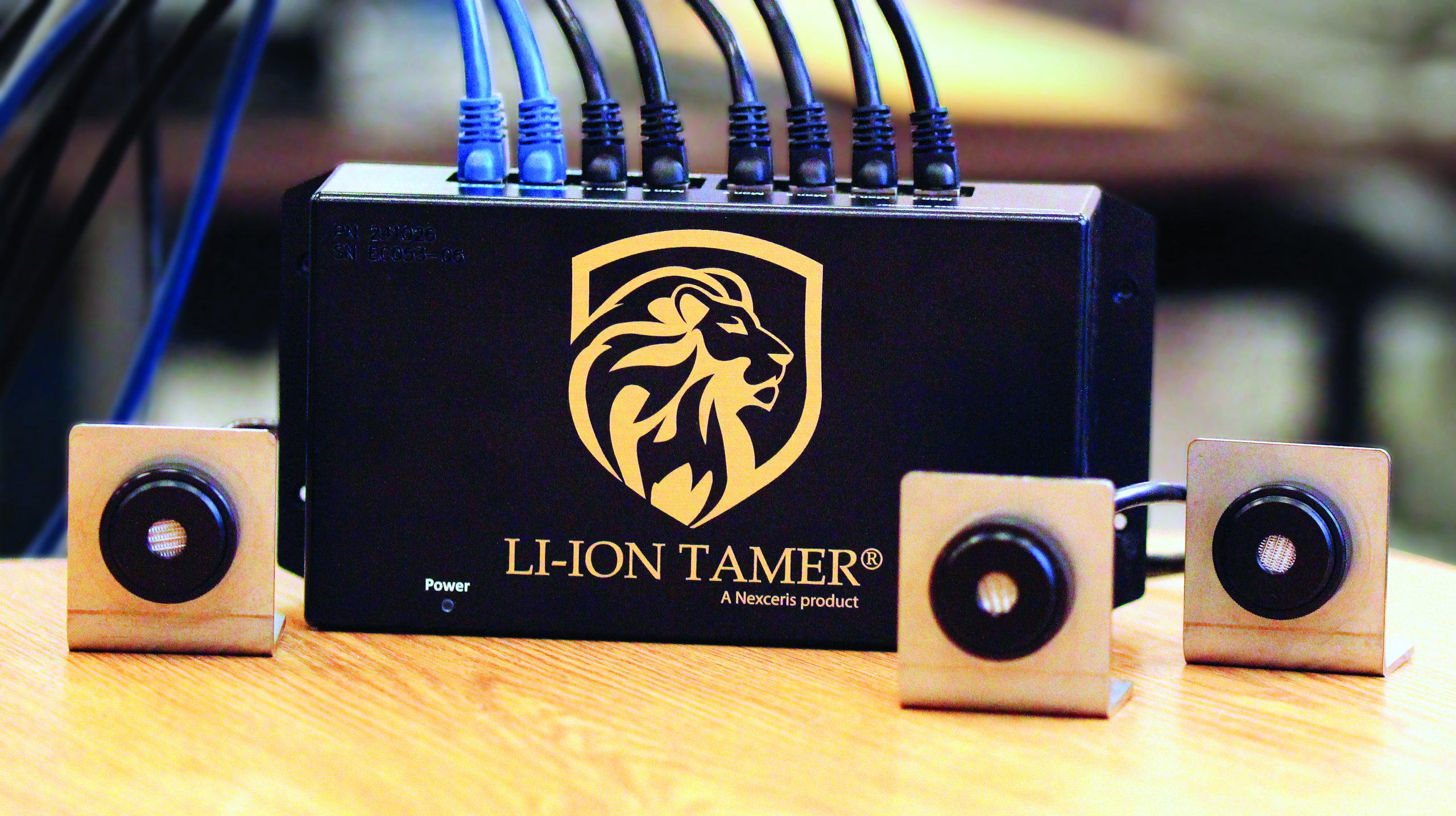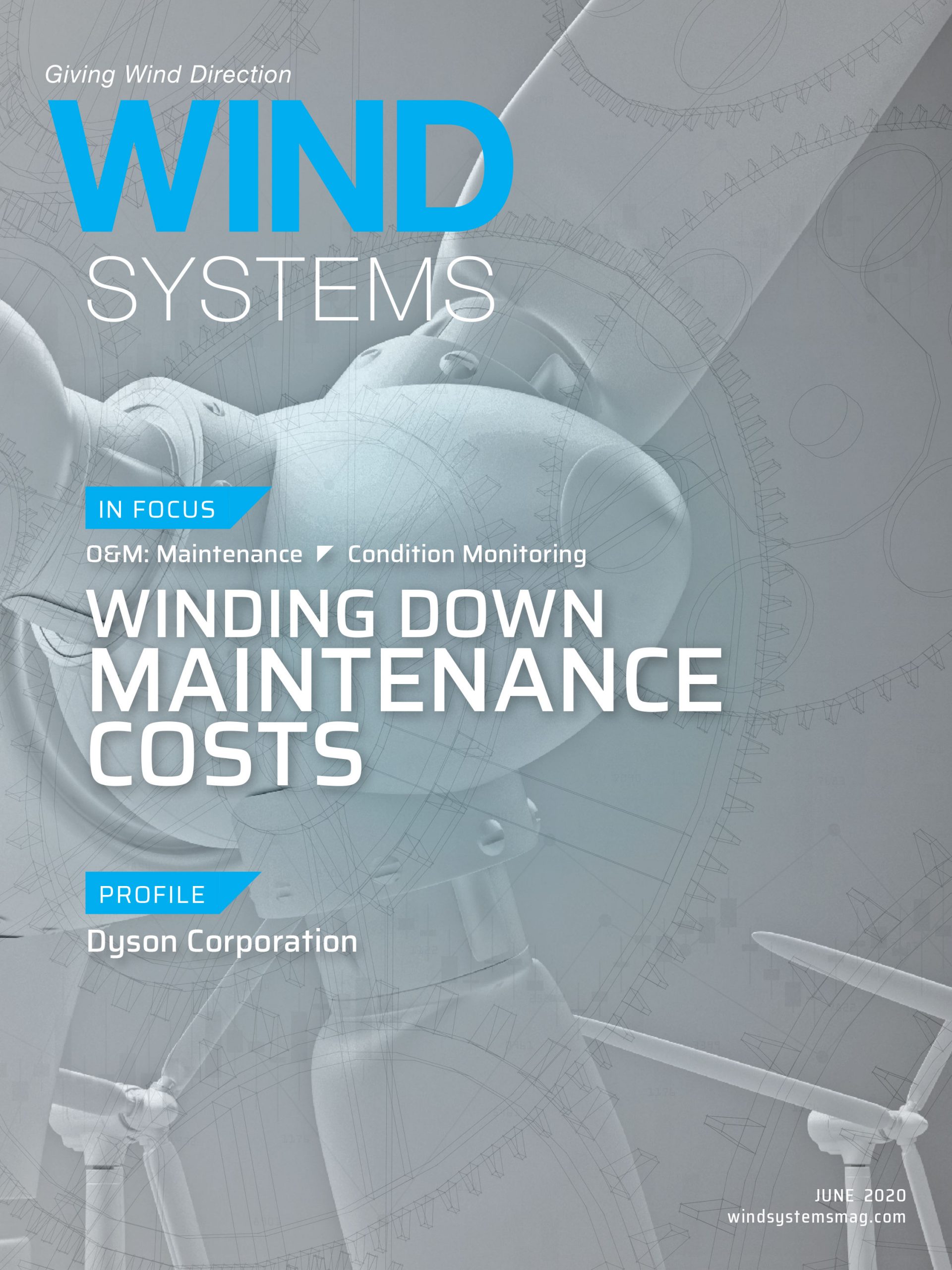Utilities are increasingly turning to a battery energy storage systems (BESS) in a variety of sizes and power outputs to deliver reliable back-up power, avoid peak demand charges, and to store energy generated for use at a later time. Wind generation, in particular, benefits by incorporating energy-storage systems. When demand is low, excess power can be stored and released at a later time — such as during demand periods — with no lag time.
In this way, a BESS allows wind-power systems to perform more like traditional generating plants by facilitating the ability to predict and schedule output ahead of time. Given the rapid and unpredictable fluctuation in output with wind-power generation, this is a challenge without a BESS. In addition, a BESS provides wind leveling to ensure actual plant output matches scheduled output. If actual wind output is below what is expected, the BESS makes it up with stored energy generated when demand was low.
Given the expected growth in wind power coupled with the fact that most BESSs are designed by interconnecting a series of Lithium-ion (Li-ion) batteries, the industry is continuing to focus attention on measures designed to all-but-eliminate any potential for dangerous thermal runaway conditions.
Thermal runaway occurs when excess heat caused by defects, mechanical failures from damage, or improper operation of the system creates a reaction that further increases the temperature. If left unchecked by built-in system protections or the battery management system (BMS), this process can continue to drive up temperature and pressure until the battery cell ruptures. This can cause fires in affected and adjacent cells.
Fortunately, early detection systems have been developed that can now detect a unique pre-cursor event to thermal runaway — an off-gassing in the battery cell that occurs up to 30 minutes prior to a cascading failure. This distinctive and recognizable early warning sign enables the problem to be mitigated or by having the system shut down before thermal runaway can even begin.

Although virtually all quality BMS equipment monitors temperature and other variables to prevent thermal runaway by triggering protections before temperatures change in an unplanned way, the early detection of off-gassing provides a critical additional layer of protection for the entire system, the facility, and even personnel.
“Once a Li-ion BESS goes into thermal runaway you cannot stop it (in that cell) — your goal is to try to stop the propagation of heat and thermal runaway to adjoining cells,” said retired NYC firefighter Paul Rogers, a co-founder of Energy Storage Response Group (ESRG), a national fire safety consultancy with nearly 50 years of combined experience that specializes in the risk assessment, investigation, and safety testing of energy storage systems.
While still with the NYC Fire Department, Rogers oversaw the implementation of the department’s first response protocols for how to deal with energy storage systems, and now he consults nationally on this as well as safety testing.
According to Rogers, while a BMS can provide data and shut down the BESS, depending on the safety integrity levels of the BMS component, there are times when the BMS can miss critical indicators or malfunction. Because of this, Rogers recognizes the need for a separate, redundant system that can indicate the potential of thermal runaway before it occurs, so the BESS can be shut down to prevent it.
“You need layers of protection to reduce your risk,” Rogers said, who recommends incorporating an additional early warning system besides the BMS.
Early Detection
The early detection of thermal runaway relies on four sequential stages of Li-ion battery failure, according to Nexceris, a developer of gas sensors and monitors. The company worked with the U.S. Navy a decade ago to develop an off-gassing detection technology for Li-ion BESSs that would later be commercialized in a product called Li-ion Tamer, which is compatible with all Li-ion chemistries.
A Li-ion battery cell first begins to fail when it is subjected to an abuse factor like heat, overvoltage, etc. The second step is off-gassing. The third step is smoke, and the fourth step is fire. But smoke and fire often occur almost simultaneously. So, by the time smoke is detected, thermal runaway has typically already begun.
Off-gassing usually occurs due to a breakdown of a Li-ion battery cell electrolyte as a result of pressure buildup. Later, temperature increases, smoke is emitted, and then fire breaks out.
To enable off-gassing detection at the earliest stage of a battery event after the initial abuse, the Li-ion Tamer system offers a battery off-gas monitor and sensor network designed specifically for lithium ion batteries.
Because the system can detect off-gassing at the ppm-level concentration range, it can detect individual cell failures without contacting the cells. This enables action to prevent thermal runaway and its spread to adjacent cells as soon as a single battery cell begins to fail.

“There are hundreds, if not thousands, of (BESS) systems already deployed where single cell failure could result in loss of the system. So, the ability to detect cell failure before it results in thermal runaway — and stop it — could literally save the system, adjacent property, and human lives,” said Nick Warner, an internationally recognized expert in energy storage safety, testing, and technology. Warner is principal engineer and founder of Warner Energy Storage Solutions and co-founder of Energy Storage Response Group.
“Early detection could help prevent thermal runaway before it starts, particularly those related to failure of the active primary control system,” Warner said. “When I was involved with testing the Li-ion Tamer system, the earliest detection of imminent failure was 12 minutes before it occurred. For some of the most common failure modes, I’ve found that it offers the earliest possible warning of imminent failure, and I consider it a best practice technique.”
When working with Tier 1 providers, it is typical to have a well-integrated BMS with enough sensors to properly monitor various aspects of Li-ion usage, including the state of charge of individual cells and temperature in the system. However, this may not be the case when dealing with Tier 2 or 3 providers that sell batteries only and leave the BMS to the engineering, procurement, and construction (EPC) contractor.
“(Lower end, offshore) battery manufacturers have generally gone from monitoring every small cell group to having one thermocouple run an entire module, monitoring dozens of cells,” Warner said. “As a result, the battery management system is completely dependent on a voltage indication to detect any problems with the cells. But in many cases, voltage is not the perfect indicator of something potentially going wrong in the cell.”
Even in the case of qualified Tier 1 battery suppliers, Warner recommends having an independent, redundant system such as an Li-ion Tamer. In the same way that seatbelts and airbags combined can reduce the risk of injury in a car crash, such an approach can help a qualified EPC integrate additional complementary safety measures into a safer, more comprehensive solution.
Warner notes that the detection system’s sensitivity to Li-ion electrolyte off-gassing is much greater than traditional sensors for other kinds of gas monitoring.
“Most sensors that detect gases are either looking for a generic hydrocarbon gas or generic level of gas, and are only detecting at one physical location,” Warner said. “The value of a Li-ion Tamer sensor is that it is specifically looking for the gas that is emitted from Li-ion batteries. It is incredibly sensitive and able to detect it at much lower levels than any other sensor.”
Another advantage of such an advanced Li-ion specific system is that it is designed to function as a network of sensors, which enhances its effectiveness in Li-ion off-gas detection. “Because it also allows multiple sensors to be deployed, it is much more effective at detecting gas as it disperses through the container. So, when off-gassing occurs, it is detected immediately, and an alarm is sent.”
According to Warner, the Li-ion specific system is also more cost-effective than traditional fixed gas sensors.
“Typical fixed gas sensors are usually intended to have two or three installed and cost from $1,500 to $4,000 each,” he said. “But they only measure at a certain point. If you want to extend that, you would need to buy and install 10 to 20. Then you would need to activate each individually to control the system, which adds to the cost.”








































